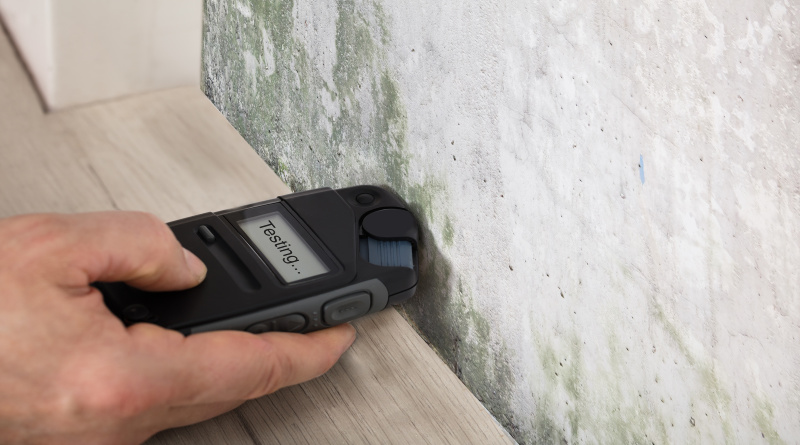Is Mold Growing in Your Home? How to Know If Your House Has Mold

Did you know that indoor air can affect your health? Things like mold can affect air quality.
Are you wondering how to know if your house has mold? Not to worry! In this guide, we’ll go over how to detect mold in your home.
Want to learn more? Keep reading to find out.
Are Your Allergies Acting Up?
People will have allergic reactions to mold. The symptoms can include coughing, nasal congestion, watery, or itchy eyes.
You might also have burning sensations or itching if you come into contact with the mold. Your body releases histamines, resulting in itchy, scaly, and dry skin.
If you think mold is triggering these symptoms, track your reactions, and see where they act up. Are there specific rooms that you notice more than others? Visit an allergist to get confirmation.
Paint Is Bubbling On The Walls
Have you seen paint bubbling on bathroom walls or walls near windows? The paint will bubble when there is moisture below. Mold can grow in these moist environments.
You can’t cover up this issue with a new coat of paint. Instead, you have to find the source behind the moisture.
If could be leaky plumbing or wet windowsills. Mold can grow in humid atmospheres. When you fix the moisture problem, then repaint your walls. Scrape, patch, clean, and let the walls dry before you begin painting.
Does Your Bathroom Have Adequate Ventilation?
Mold can grow in bathrooms that don’t have decent ventilation. Get a bathroom exhaust fan to keep this toxic mold away. Make sure to clean your exhaust fans.
To test if your vent is working well, see if the bathroom is still steamy after ten minutes. If so, the fan isn’t circulating enough air.
You might have to replace or clean your unit. Clean the walls with a bleach solution often.
Is The Flooring Softening?
If you find a spot that’s soft on your hardwood floor, you might have a moisture problem. Try to access the subfloor through the basement or the crawl space and look for moisture.
If you can’t, you’ll need to haul up a piece of flooring. Otherwise, moisture and mold growth will spread. If the wood starts to rot, the entire flooring will need to get replaced.
Has Your Home Flooded Before?
Mold can still be an issue even after the incident. Take a look around where the flooding occurred and check for signs of molding. Right after the flood, you might not have seen any signs of mold.
There could be a moisture problem where the flooding occurred. Take a look around your home and assess if there are any mold issues. Learn more about mold toxicity.
How To Know If Your House Has Mold
We hope you found this guide on hidden mold symptoms helpful. Now that you know how to know if your house has mold, watch for signs of mold.
Keep browsing our site for other helpful resources, and bookmark it to return later.
What's Your Reaction?
Newly middle-aged wife of 1, Mom of 3, Grandma of 2. A professional blogger who has lived in 3 places since losing her home to a house fire in October 2018 with her husband. Becky appreciates being self-employed which has allowed her to work from 'anywhere'. Life is better when you can laugh. As you can tell by her Facebook page where she keeps the humor memes going daily. Becky looks forward to the upcoming new year. It will be fun to see what 2020 holds.



